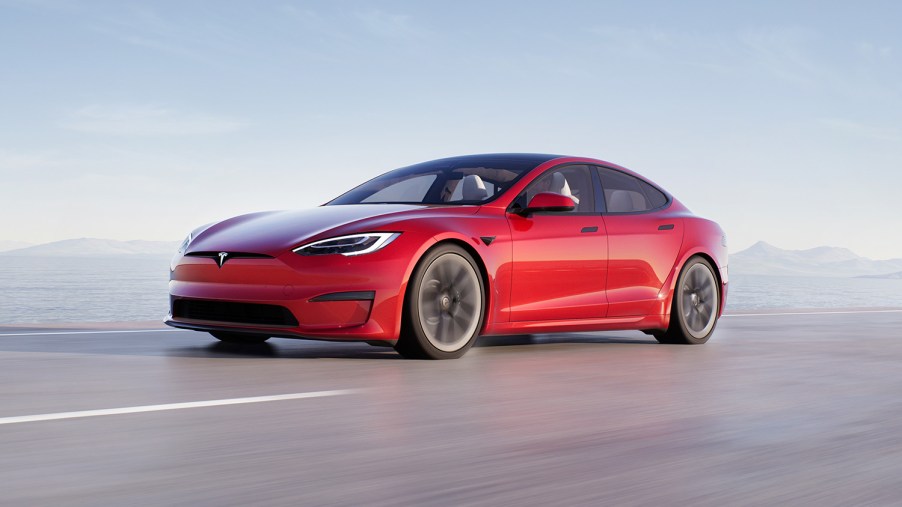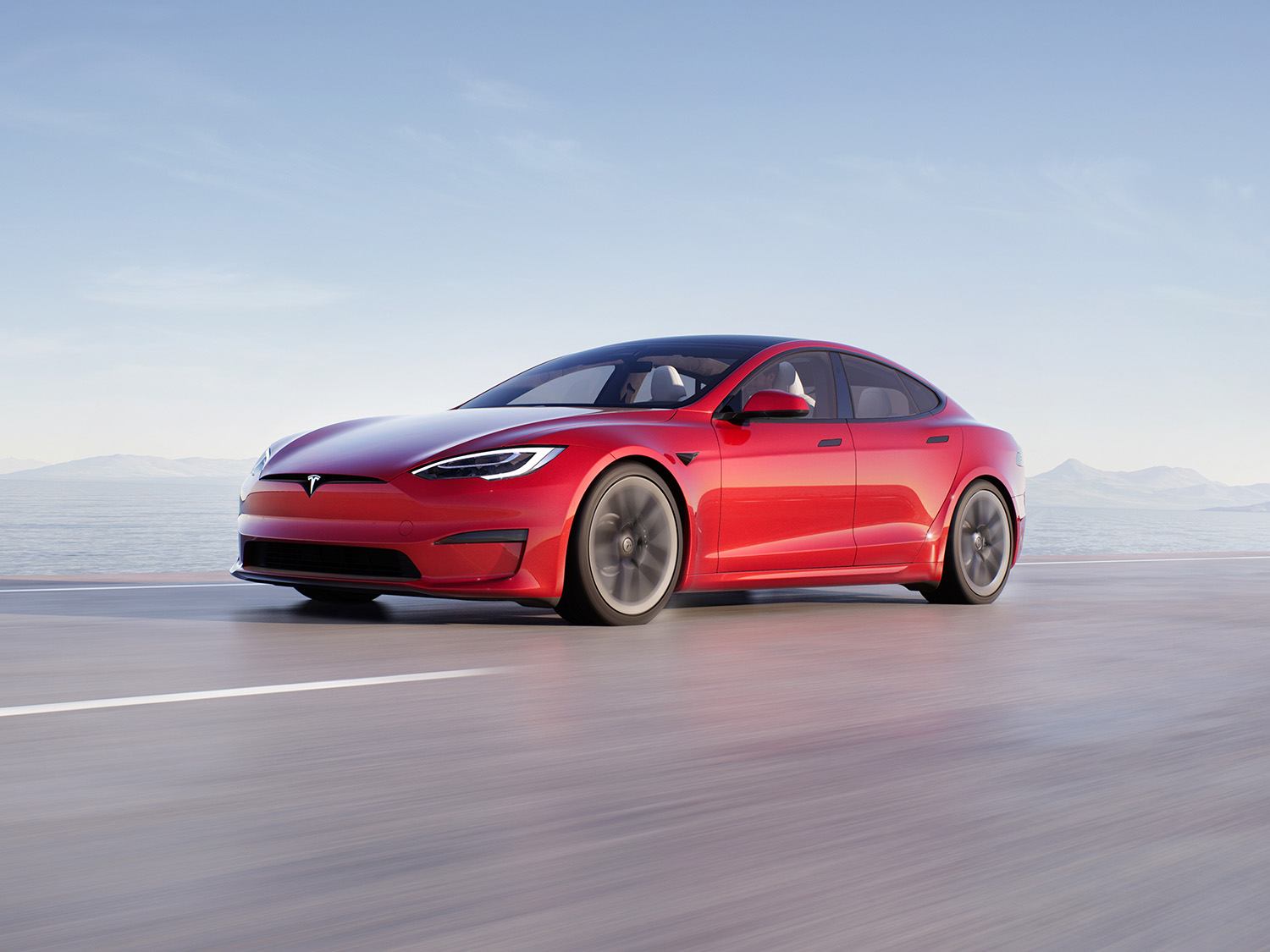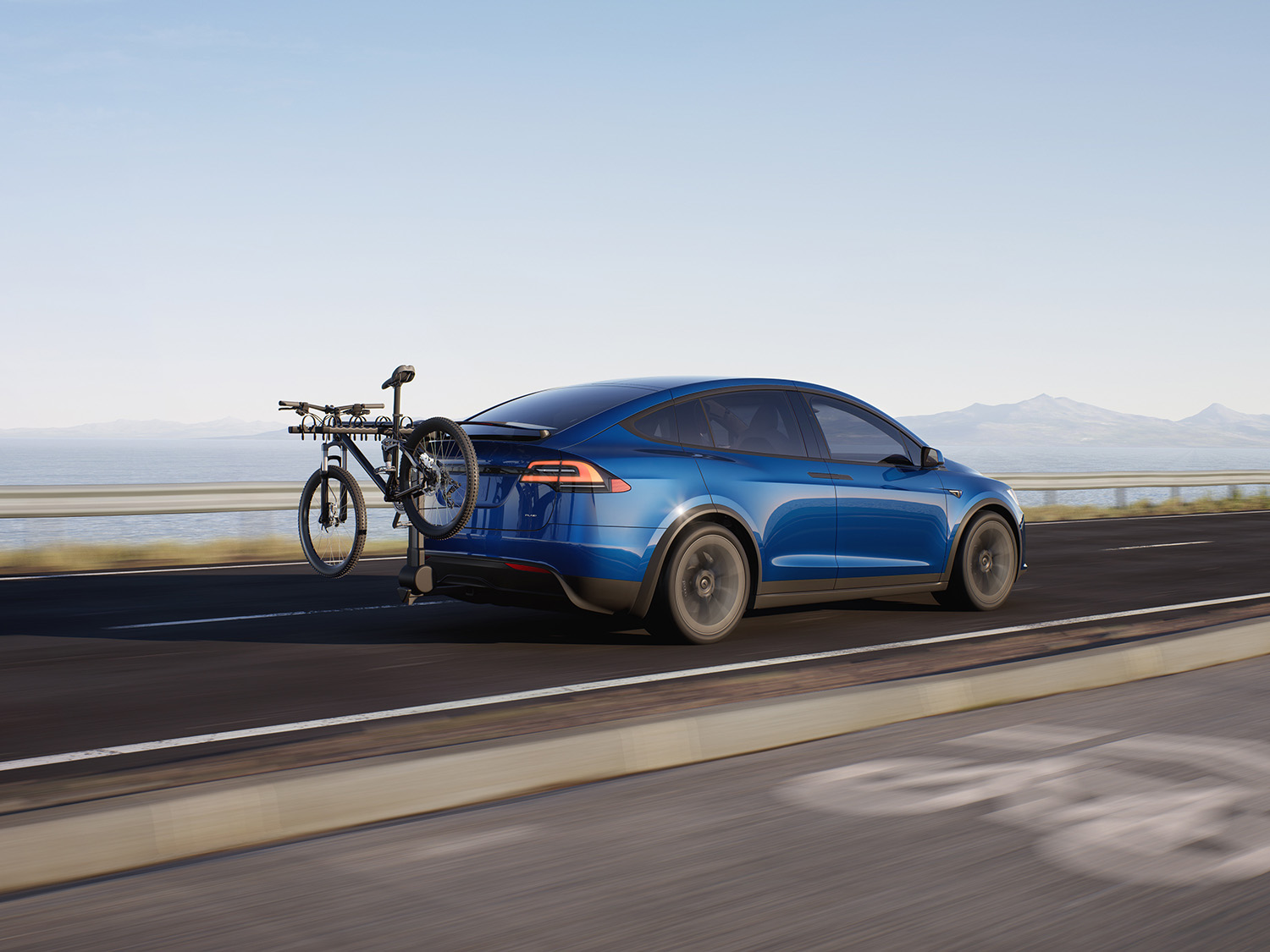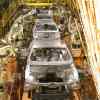
Tesla Model S and Model X Abandon Radar Systems Entirely
It seems like EV manufacturing powerhouse Tesla is making a new announcement or tech advancement on a weekly basis. In their ever-evolving and improving EV production, it seems some of their once cutting-edge technology is becoming yesterday’s news rather quickly.
Why is Tesla moving away from radar?

According to Car and Driver, Tesla is now removing the radar systems from the Model S and Model X lineup. Instead, these models will now rely solely on “Tesla Vision,” the EV giant’s assembly of onboard cameras. Vehicles use these cameras to detect their surroundings. This is the first instance of Tesla abandoning radar, either.
Last May, Tesla announced that its smaller and more affordable models, the Model 3 and Model Y, would begin shipping without the radar system onboard. Though initially, the self-driving “autopilot” feature relied on the radar system for operation, it seems this is no longer the case.
When Tesla announced that the Model Y and Model 3 would no longer use radar, CEO Elon Musk explained on Twitter that the radar system was not as effective as the Tesla Vision camera system. Furthermore, he went on to make the comparison between humans driving with their eyes and brain to the Tesla Vision system effectively having the same result.
Temporary Changes in Autopilot Functionality
Tesla says the shift from radar solely to cameras will bring a few temporary changes in the functionality of their autopilot system. The maximum available speed for the autopilot system will be 80 miles per hour. Additionally, the system will require a greater following distance in order for the system to be activated. Ultimately, neither one of these changes seems very detrimental. The use of standard cruise control remains the same despite this change, it seems.
Slightly more concerning, though, is that Tesla admits both the emergency braking and forward collision prevention systems relying solely on Tesla Vision have yet to be rated by the National Highway Traffic Safety Administration. However, the NHTSA did rate these features on radar-based models. Furthermore, Tesla states that the NHTSA should have ratings for the camera-only variant of those systems in the “coming weeks.”
Tesla’s autopilot system is not without its faults.

Despite the camera system’s successes in learning via what Elon Musk calls “Real-world AI,” the automated systems are not without issue.
A currently active NHTSA investigation alleges specific Tesla models are subject to “phantom braking.” Meaning the automatic emergency braking system thinks it needs to make an emergency stop despite no actual danger of a collision. Indeed, a car randomly trying to stop itself at freeway speeds could be quite an issue.
Additionally, the investigation specifically calls out 2021 and 2022 model year Model Y. These models fall right into the timeframe of the discontinuation of the radar systems. Only time will tell if this is a coincidence or not. However, it is worth noting that other manufacturers are also on the chopping block for this particular issue. Both Nissan and Honda are facing similar complaints.
New tech rollouts don’t always go smoothly
Despite the NHTSA investigation, it seems Tesla is quite happy with the performance of its Tesla Vision camera system. Furthermore, Musk is plenty confident that removing the radar systems is a safe move.
As usual, new technologies require a bit of massaging to get to where they need to be. However, we’re excited to see how well Tesla Vision takes to autopilot. Furthermore, it will be interesting to see how much the camera system is implemented as the company leans more and more toward fully autonomous driving.
Interestingly, a poll on the Car and Driver page asking if this seems like a good call shows an overwhelming majority of voters think more sensors make for a safer autopilot system. All the world can do is wait and find out.



